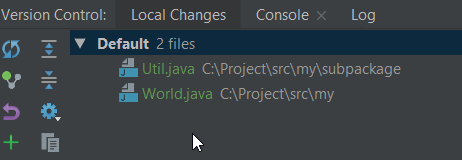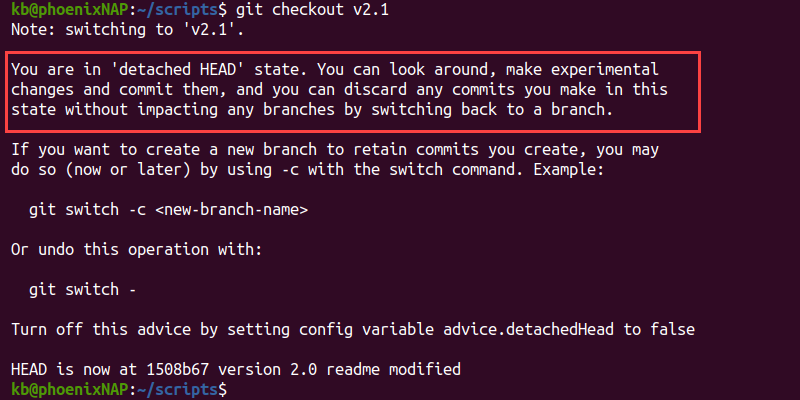

If the HEAD commit is a tagged version ‘v1.2.3’ and it is also the tip of the master brand, the output might be something like ‘v1.2.3 master’. Here’s an example of how git describe -all output differs from git describe: $ git describe -all HEAD This includes all known branches, remote-tracking branches, and lightweight tags.

If you want to access any ref found in the refs/ namespace, instead of just annotated tags, use the -all subcommand. Let’s take a look at some of the subcommands that are commonly used with git describe: Describing All Commits | git describe -all In this example, git describe has output the a1b2c3d4 commit. Here’s an example of the git describe command and its expected output: $ git describe You can also use git describe to describe a specific commit by providing the commit hash as an argument. The g prefix indicates that this is a commit that has not been tagged.

In the above example, git describe has output the tag v1.0, followed by the number of commits since that tag (2), and the abbreviated commit has (g123456). If you don’t provide the commit hash, you will be pointing to the Git HEAD by default. This is the equivalent to running git describe HEAD. To use git describe to extract the most recent reachable tag from a specific commit, you can simply run git describe with no arguments: $ git describe Git tags are an important part of version control and release management, and they can be very useful for identifying specific points in the project's history. Annotated tags are a way to mark a specific commit in a Git repository with a tag that includes the following information:
#GIT CHECKOUT TAG WITHOUT BRANCH FULL#
Unlike annotated tags, these tags do not have a message or author attached to them.Īnnotated tags – are stored as full objects in the Git database, similar to commits, and they can be signed with GPG (GNU Privacy Guard) to provide additional security.
#GIT CHECKOUT TAG WITHOUT BRANCH CODE#
Lightweight tags are often used to mark specific code versions or identify important commits. Do not contain the full commit object, but rather just a pointer to the commit. Lightweight tags – references to specific commits. They are most commonly used to signify version releases like v1.0 or v2.0. A git tag is a label applied to a specific commit in a Git repository. If you want to fully understand the git describe command, it is essential to comprehend git tags. There are two types of tags in Git: lightweight and annotated. Tagging is generally used to capture a point in history for a marked version release. In Git, a tag is a reference to a specific point in Git history. By default, git describe points to the latest commit of the active branch, also known as the head. For example, if the commit is two commits ahead of the nearest tag, git describe might output something like v1.2-2-g123456, where v1.2 is the nearest tag, 2 is the number of commits since the tag, and g123456 is the abbreviated commit hash. It then appends the number of additional commits on top of that tag, along with the abbreviated commit hash, to create a version string. The git describe command works by finding the most recent tag that is reachable from a commit. It can be used to generate version strings, changelogs, and other documentation related to the project's release history. The git describe command is useful for identifying the current version of a project, especially when working with tags and releases. If the commit is not a tagged commit, git describe will try to come up with a human-readable version string by using the number of commits and the abbreviated commit hash since the last tag. Essentially, it takes the latest tag in the commit history and applies it to the commit. Git Describe is a Git command that allows you to describe the most recent tag that is reachable from a commit. By using the git describe command, developers can quickly and easily locate specific commits or determine the version of a project without having to search through the commit history manually.

The git describe command generates a text description of a particular commit in a Git repository. As projects grow, it becomes more and more difficult to track changes across a large repository with many commits.


 0 kommentar(er)
0 kommentar(er)
